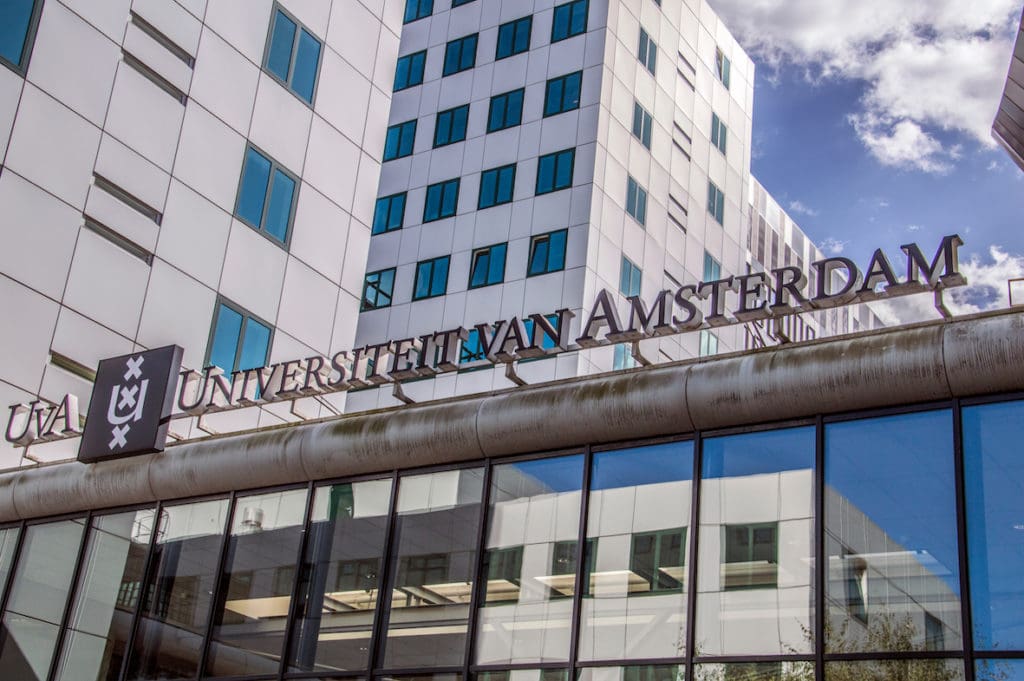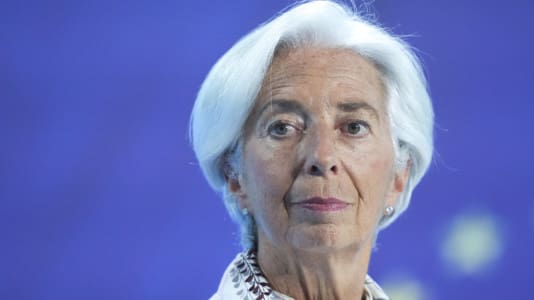A new study from the University of Amsterdam reveals the enormous costs of mass immigration to the Netherlands over a nearly 25-year timeframe, with the 278-page report adding to the growing list of evidence refuting claims that migrants contribute to national budgets in the West, create jobs, and prop up faltering pension systems.
The landmark study, entitled “Borderless Welfare State: The Consequences of Immigration on Public Finances,” shows that net costs of immigration to the Dutch public sector over the period 1995-2019 were an astounding €400 billion, averaging €17 billion a year, with a peak of €32 billion in 2016 due to the 2015 “refugee crisis.”
To put these figures in perspective, the Dutch government spent around €30 billion on education in 2016, €2 billion less than it spent on migrants in the same year.
[pp id=99558]
The four experienced researchers from the prestigious University of Amsterdam’s School of Economics department write that they “had access to unique, anonymized microdata from Statistics Netherlands on all inhabitants of the country. In estimating the fiscal impact of immigration, the net lifetime contribution of immigrants to public coffers was estimated by employing the method of generational accounting.”
The authors, based on copious amounts of data, also warn that either immigration will have to be curtailed or the Dutch welfare system will have to face dramatic cuts:
Government spending on immigrants is now above average for items such as education, social security
and benefits. Immigrants, on the other hand, pay less taxes and social security premiums on average.
When added together, the net costs of immigration turn out to be considerable: for immigrants who entered in the period 1995-2019 alone, these are 400 billion euros, an amount in the order of magnitude of the total Dutch natural gas revenues from the 1960s onwards. These costs are mainly the result
of redistribution through the welfare state. Continuing immigration with its current size and cost structure will put increasing pressure on public finances. Curtailment of the welfare state and/or immigration will then be inevitable
Given the report’s finding, it can be argued that the entire national revenue of the Netherlands from fracking and other natural gas extraction measures, over the course of approximately 60 years, went entirely to feeding, housing, educating, and providing medical treatment for migrants and their children in the country.
The study also notes that the Dutch population has exploded higher due to the rapid pace of immigration, making it one of the most densely populated countries in the world. This population density has put enormous pressure on housing, schools, hospitals, and infrastructure, all of which in turn has strained the Dutch budget and generous welfare system.
Of the 17 million Dutch inhabitants at the end of 2019, 13 percent were foreign-born (first generation) and 11 percent were children of immigrants (second generation), which represents, in total, 24 percent of the Dutch population.

The study shows that per capita state spending on immigrants is significantly higher than the native Dutch population for social security, welfare benefits, and education.
The study reveals in a variety of charts the average contributions — both positive and negative — of native Dutch people versus non-Western immigrants.

The study, which has its own dedicated English-language site, also breaks down first-generation Western migrants and first-generation non-Western migrants. The charts show that migrants from the Middle East and North Africa never achieve a positive contribution compared with what the state spends on them, while other non-Western immigrants, such as Asians, have a slight net contribution. However, even Western immigrants lag behind native Dutch nationals in their contributions.

The charts show that for migrants from countries such as Turkey and Morocco, there is a particularly high negative contribution rate. Over the course of the average Moroccan’s lifetime, they will actually cost the Dutch people €260,000 per person.

The Dutch Finance Ministry has also revealed in a separate report that immigrants pay lower taxes and make fewer social security contributions, which reduces their net fiscal contribution.
Similar results have been seen in a variety of countries, including France and Germany. The German government, for instance, predicts it will spend €36 billion on migrants in 2023 alone. Amidst a budget crisis, the government is cutting a variety of services and refusing to issue a pension bonus for the country’s native population. Meanwhile, researchers in France estimate that migrants cost the French state €25 billion a year.
Despite the reality of these figures, Western liberal governments inexplicably promote the idea that migrants are the solution to Europe’s growing financial and pension crises. Germany’s left-liberal government, for instance, is looking to liberalize immigration laws, speed up naturalization, and bring up to 1.5 million migrants into the country a year, with Chancellor Olaf Scholz arguing it is needed to support Germany’s ailing pension system and boost the country’s lack of qualified labor.






